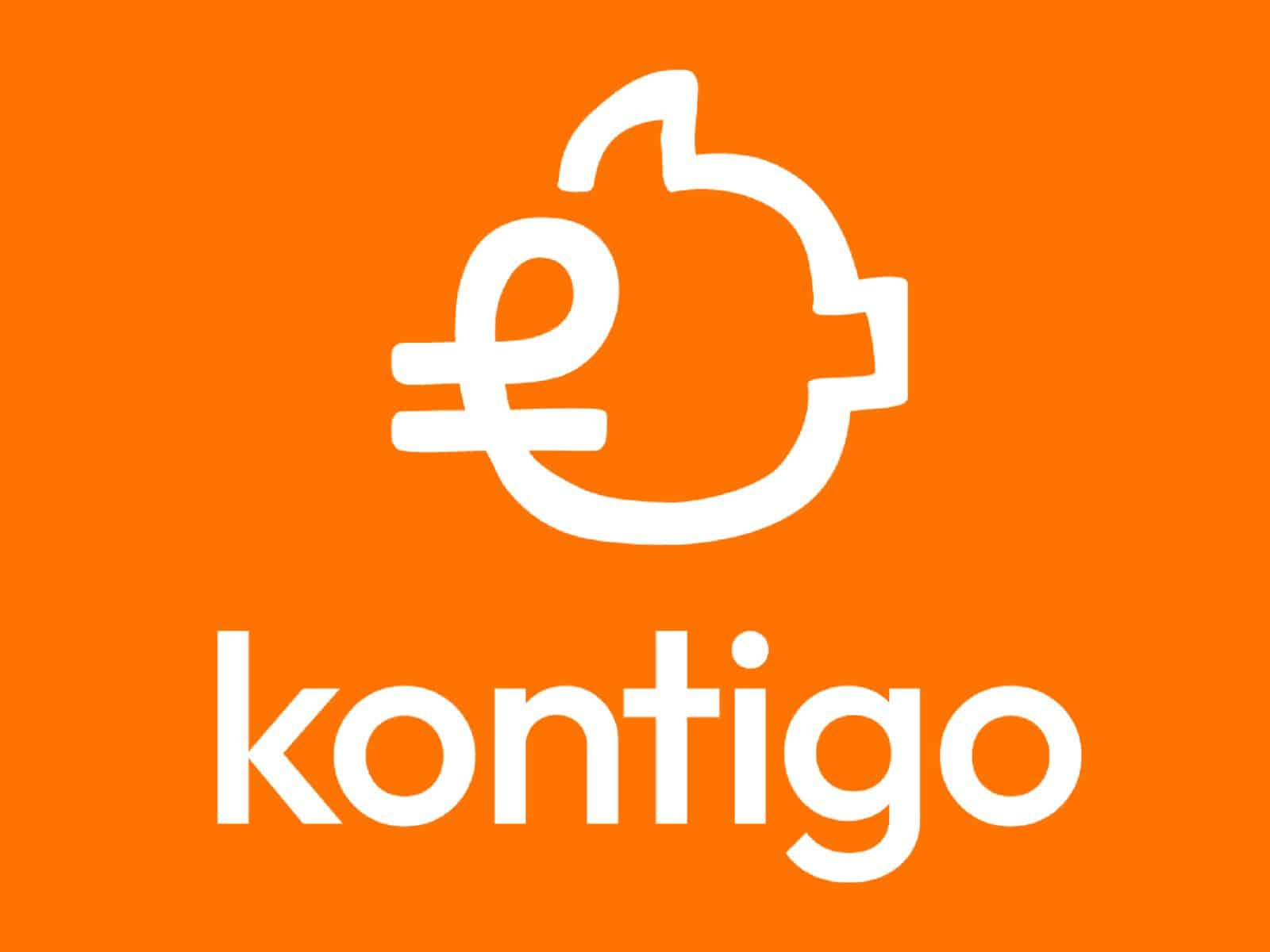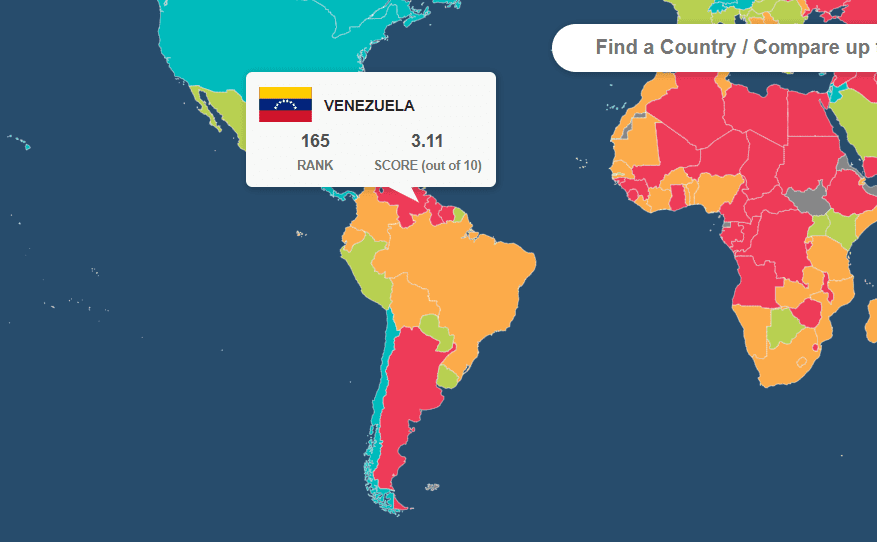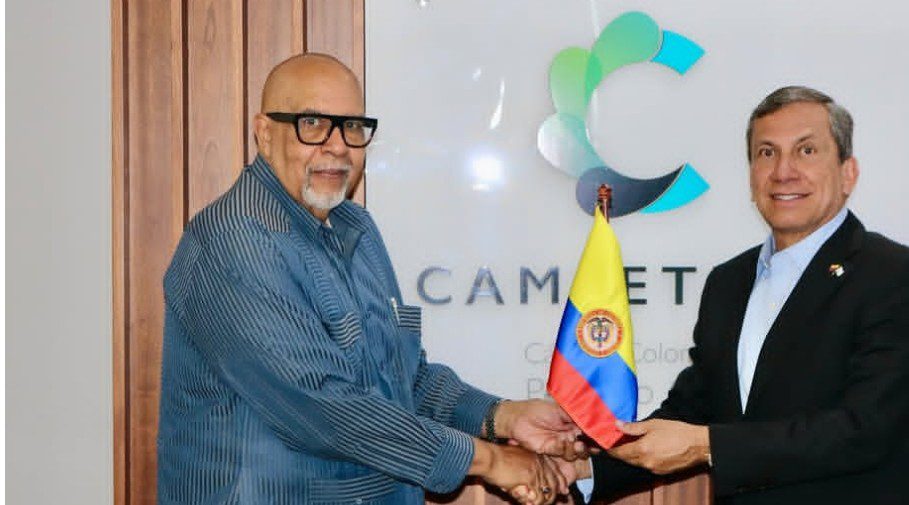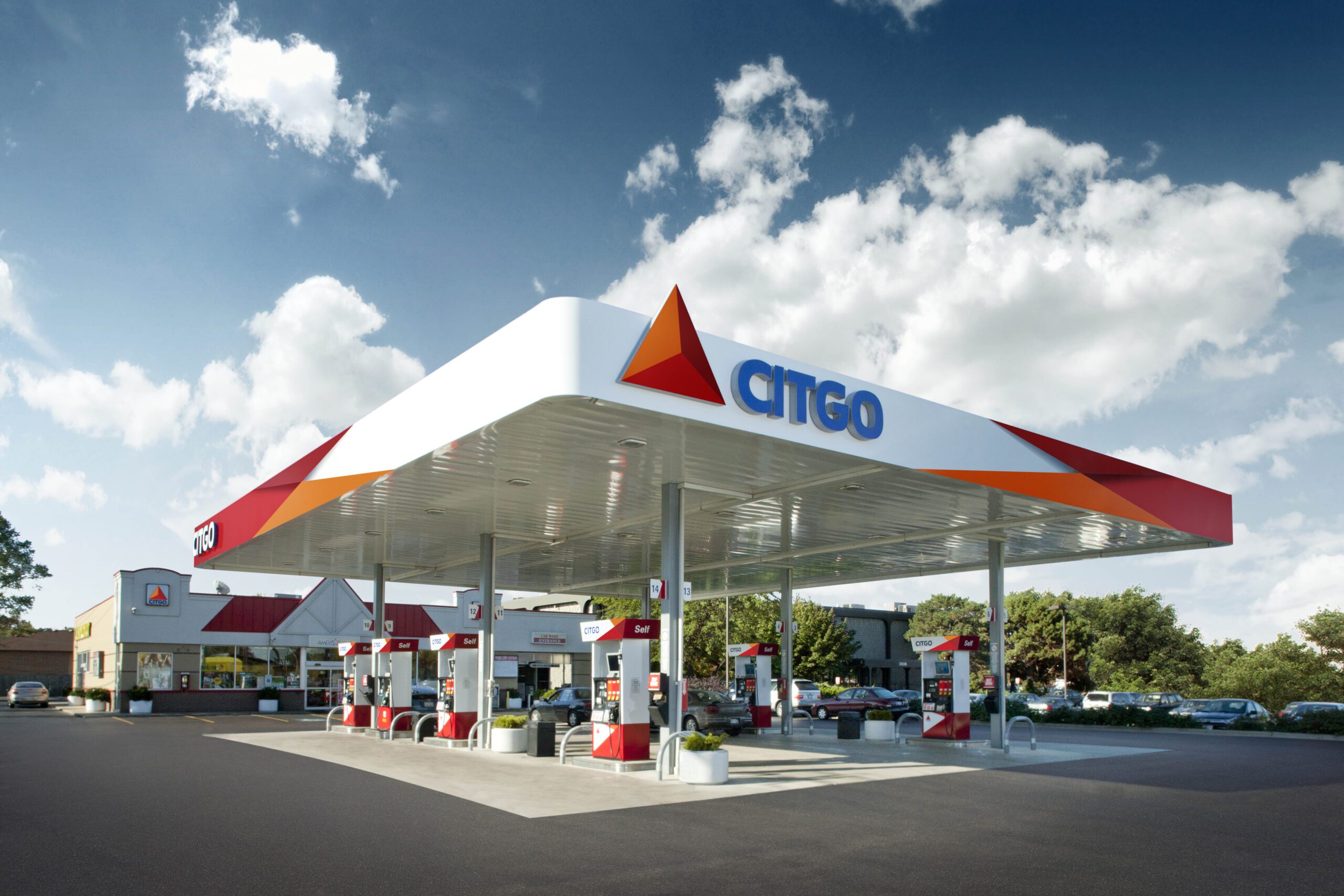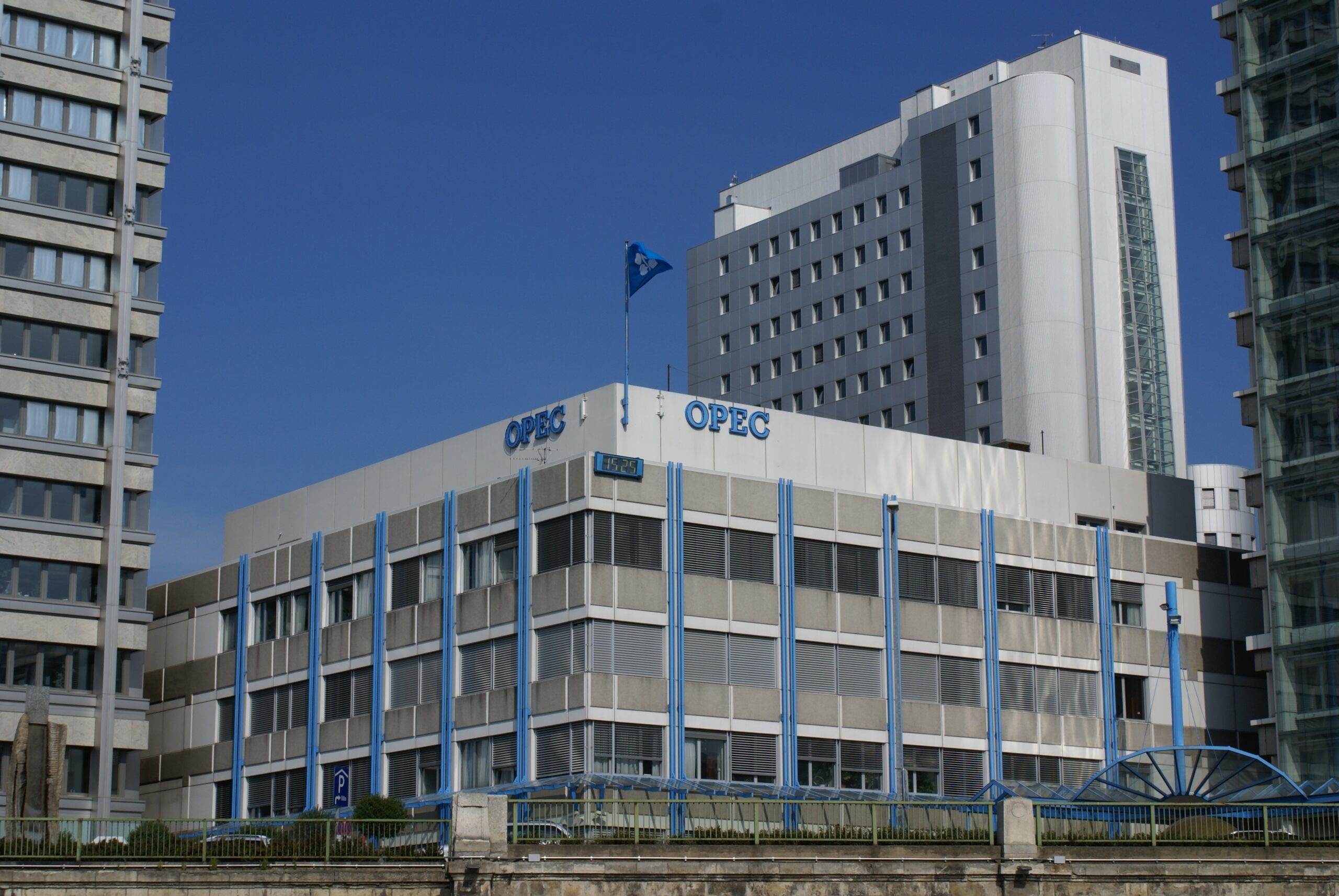The Kontigo app has become one of the leading currency exchange services in Venezuela by offering USDC in exchange for bolivars at prices independent of the US dollar rate set by the Central Bank of Venezuela. Image: Kontigo.
Guacamaya, September 26, 2025. The price of the bolivar in crypto asset markets continues to fall at a faster rate than the U.S. dollar rate set by the Central Bank of Venezuela (BCV), reflecting a shortage of foreign currency.
On the Kontigo app, the exchange rate for 1 USDC on September 26 is 289.40 bolivars (the average between the buy and sell prices). USDC is used as a proxy for the dollar. Meanwhile, the BCV offered the actual dollar at 173 bolivars for the same date.
Kontigo and CrixtoPay are two Venezuelan financial platforms, authorised by the crypto (SUNACRIP) and banking (SUDEBAN) regulators.
On the other hand, on Binance’s peer-to-peer (P2P) market, the exchange rate for USDT—another dollar equivalent—reached 300 bolivars this same week.
This difference, reaching up to 70%, is largely due to a dollar shortage in the official market. It has not been stopped by increased monetary interventions, which have risen by 95%, from $277 million in January of this year to $540 million in July.
The main consequence of this economic phenomenon is that it discriminates in favor of companies that can buy all the foreign currency they need from the BCV. Meanwhile, the majority of businesses and citizens are forced to rely on informal markets and apps that offer foreign currency at much higher prices.
The Venezuelan economy in general, and the State in particular, are already making greater use of “stablecoins” or crypto assets equivalent to the US dollar. According to several economists, the BCV itself sometimes offers USDT instead of the actual currency to its buyers.
USDT offers an easy alternative to the dollar, although it carries its own risks for both the Venezuelan state and the common citizen, as explained in this column.
The root of the exchange rate instability lies in the country’s dependence on oil sales. Without a strong national industry, a large part of the products consumed in Venezuela are imported, while oil exports by PDVSA are the main source of foreign currency. Companies therefore compete for a limited flow of dollars, which depends essentially on the fluctuation of the price of a barrel of oil in the global market.

